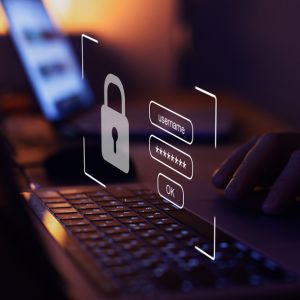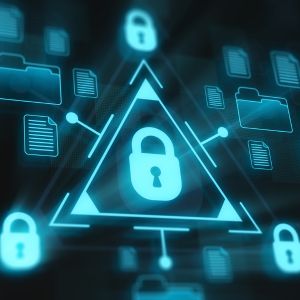Online Suite Information
40 | CEUs: 4
Duration:
40 hrs
Access Time:
365 Days
Program Modality:
Online Self-Paced
Location:
Online
Suite Cost:*
$ 629
Notes:
*For individual course enrollment, go to the Suite Courses section below.
Certificate in Cybersecurity
Cybersecurity, also known as Information Security, is the protection of data and personally identifiable information from malicious attacks, theft, and destruction. Failures of cybersecurity policies, both in large corporations and governmental agencies, have earned significant visibility and negative publicity in recent months and years. As the amount of data being stored continues to increase, and as hackers become more sophisticated, the need for cybersecurity is greater than ever.
This Certificate in Cybersecurity offers lessons on the critical elements of information security, as well as foundational information about key certifications for professionals in the industry. Each of the eight courses in this suite will help learners master the vocabulary of the industry and offers examples, videos, interactive games, and review questions to ensure mastery of the material.
Courses can be taken in any order. Upon successful completion, you can download a printable certificate of completion for this online course suite. Courses included in this certificate program are listed at the bottom of this page.
Details




Module Information








